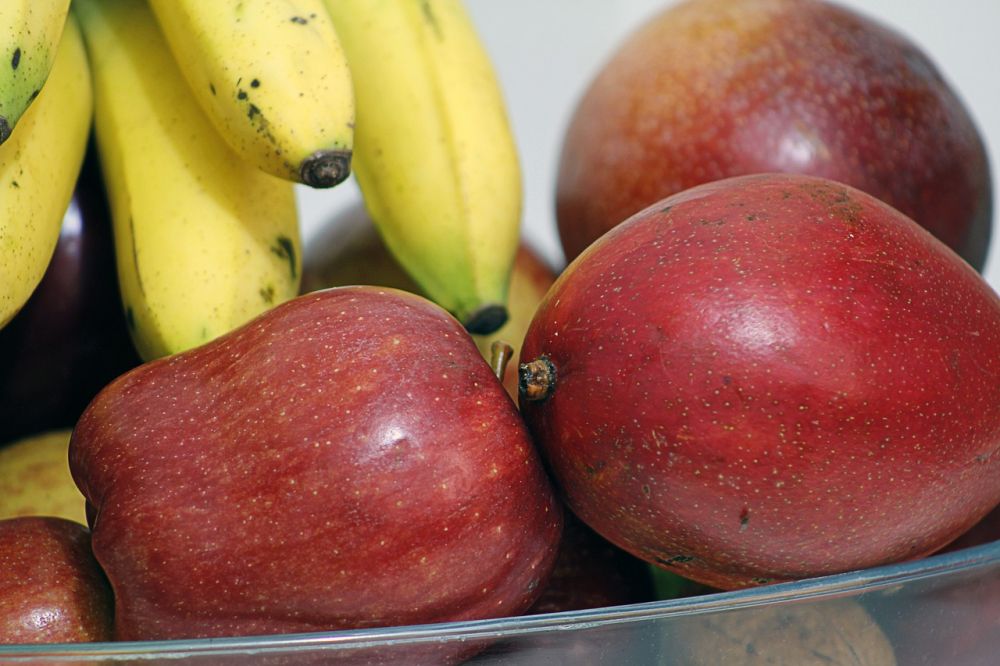Apple USB-C: The Ultimate Guide for Tech Enthusiasts

Introduction
Apple USB-C has revolutionized the way we connect and transfer data across various devices. In this comprehensive article, we will delve into the world of Apple USB-C, exploring its different types, popularity, and quantifiable measurements. Furthermore, we will discuss the differences between various Apple USB-C cables and take a historical journey through their advantages and disadvantages. So buckle up and get ready to unravel the wonders of Apple USB-C!
1. An Overview of Apple USB-C

Apple USB-C is a versatile connector that allows for high-speed data transfer, fast charging, and video output capabilities. It features a reversible design, making it incredibly convenient for users. With its increasing popularity, Apple has incorporated USB-C ports into their latest MacBook models, iPads, and even iPhones.
2. Extensive Presentation of Apple USB-C
2.1 Types of Apple USB-C Cables
There are various types of Apple USB-C cables available, each serving different purposes. Some common types include:
– USB-C to USB-C: This cable allows for direct connection between USB-C devices, such as MacBook to MacBook or MacBook to iPad Pro.
– USB-C to Lightning: This cable enables lightning-fast charging and data transfer between USB-C enabled devices and iPhones or iPads.
2.2 Popular Apple USB-C Cables
Among the popular Apple USB-C cables, the USB-C to USB-C Thunderbolt 3 cable stands out. This high-quality cable supports super-fast data transfer speeds of up to 40 Gbps, making it ideal for professionals working with large files.
3. Quantitative Measurements of Apple USB-C
To understand the capabilities of Apple USB-C cables, let’s explore some key quantitative measurements:
– Data Transfer Speed: Apple USB-C cables offer impressive data transfer speeds, ranging from 5 Gbps to 40 Gbps, depending on the cable type and device compatibility.
– Power Delivery: USB-C PD (Power Delivery) technology enables fast charging, with power delivery capacities ranging from 30W to 100W, depending on the cable and device.
– Video Output: Apple USB-C cables support video output capabilities, providing users with the ability to connect their devices to external displays, projectors, and TVs.
4. Discussion on Differences between Apple USB-C Cables
While all Apple USB-C cables serve similar functions, there are some key differences to consider:
– Cable Lengt Apple offers USB-C cables in various lengths, ranging from 1 meter to 2 meters, allowing users to choose the most suitable cable for their needs.
– Cable Quality: Though Apple’s official USB-C cables are known for their high quality, there are also third-party options available. Users should exercise caution when opting for third-party cables, ensuring compatibility and safety.
5. Historical Overview of Pros and Cons of Apple USB-C
5.1 Pros of Apple USB-C
– Versatility: Apple USB-C cables offer a wide range of functionalities, including data transfer, charging, and video output.
– Reversible Design: The reversible nature of USB-C connectors eliminates the frustration of plugging the cable in the wrong direction.
– Fast Charging: USB-C PD technology enables rapid charging for compatible devices, reducing charging time significantly.
5.2 Cons of Apple USB-C
– Initial Adapter Requirement: With Apple’s transition to USB-C, older devices may require adapters or dongles to connect with the new USB-C ports.
– Cable Compatibility: Not all USB-C cables are created equal, and compatibility issues with certain devices may arise when using third-party cables.
– Cost: Apple’s official USB-C cables can be expensive compared to third-party alternatives.
Conclusion
Apple USB-C has undoubtedly transformed the way we connect and transfer data across devices. With its versatile capabilities, high-speed data transfer, fast charging, and video output, it has become a must-have for tech enthusiasts. However, users should exercise caution when choosing cables, ensuring compatibility and avoiding potential hazards associated with third-party options. Embrace the convenience of Apple USB-C and unlock a world of seamless connectivity!
(Note: The video clip can be added to enhance the article’s visual appeal and provide a demonstration of Apple USB-C usage.)











